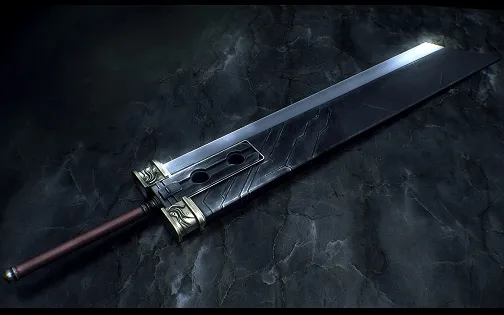
As unreal as it may seem (to myself included) some gamers are willing to spend thousands of dollars on digital assets. These asset could be anything from a sword in a role-playing game to an extra life on Candy Crush. The MOBA genre spun off an entirely new business model and created skins.
Before Multiplayer Online Battle Arenas most games that were free-to-play were also pay-to-win. All free-to-play games would eventually create a wall so that players would have to end up paying if they wanted to progress. The money spent would actually change gameplay and make it easier for users willing to pay. Thus: pay-to-win.
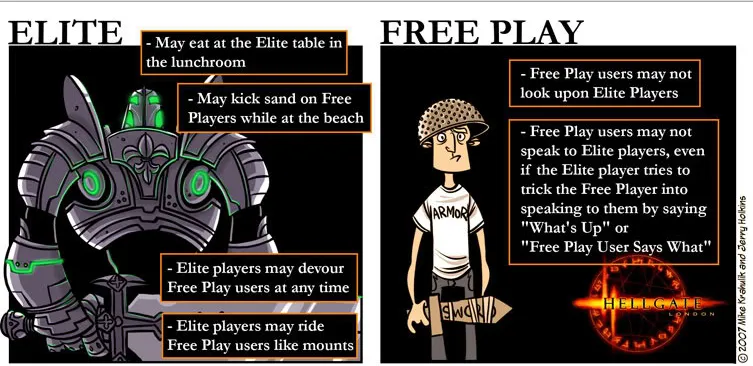
This business model did not sit well with many gamers. What was the point of playing a competitive game if someone could just spend hundreds of dollars to win? Competitive gamers would rather pay the $60 for the game once to ensure that everyone is on an even playing field. In response, the digital vanity economy was formed.
Instead of paying for a competitive advantage, now some of the most popular games allow gamers to pay simply to change the way their character and character abilities look on-screen. Players are paying to change the graphics. Why pick "Ziggs" when you can pick "Pool Party Ziggs" (only $10).
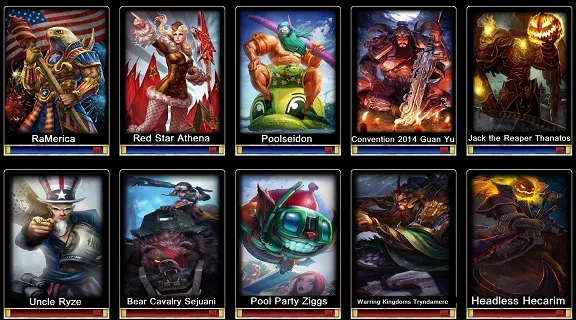
This business model is tried, true, and surprisingly profitable. By allowing anyone to play for free a gigantic userbase is acquired. The diehard vanity gamers spend hundreds (if not thousands) of dollars decking out their characters with these artificially scarce digital assets simply for bragging rights or because it looks cool or because they want to support the company or all of the above.
All of this value is created by artificial scarcity. It would cost Riot Games zero cents to allow their users access to every skin in the game. They choose not to because the value of skins is purely 100% determined by how much they decide to charge for it and how much demand they have.
Therefore, we can see that artificial scarcity isn't actually bad at all. If artificial scarcity didn't exist none of these digital assets would have any value (including Bitcoin!). It's the people in charge of the artificial scarcity that corrupt it.
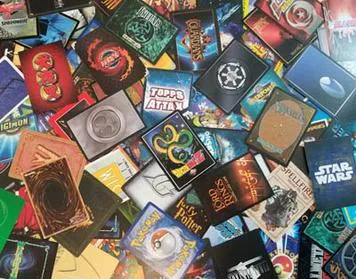
CCGs
Collectible Card Games are the worst offense of artificial scarcity. From my point of view, it's almost amazing that they're even allowed to exist. It's almost like creating your own little central bank. Except, instead of being able to purchase things with this paper product, one is able to play a game with them.
I've played a lot of Magic the Gathering and Hearthstone in the past. Fun games. The problem with them is that they all inevitably end up becoming corrupted by greed. New expansion packs are constantly coming out that give incentive to players who want to win to continue to buy more cards. CCGs are the ultimate pay-to-win game.
On top of that, a false sense of ownership trickles down to the players. Cards are speculated on like we speculate with cryptocurrency. However, unlike crypto, ownership always lies with the central authority. If they want to print out rare cards, flood the market and economy, and sell out, that is well within their rights.
In the case of RPG games, say you find a super rare sword that's worth $1000 on the open market, so you sell it (duh!)... Nothing stops the game company from sniping you, deleting the item, and terminating your account for "breach of EULA contract". This can and does happen all the time, and it's a constant reminder that we actually don't own any of this digital content even though it seems like we do most of the time. Cryptocurrency is on the verge of transferring this ownership back to the player where it belongs.
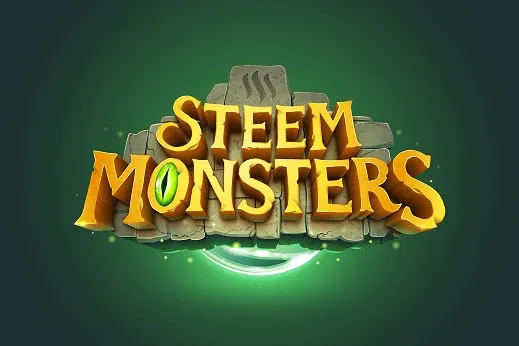
It might surprise you to find out that I have never really looked into Steem Monsters. I think games are going to be a big part of Steem's future. I like CCG games especially when they are new and uncorrupted. Why am I not giving Steem's seemingly only game a chance?
So far what I see is a project that doesn't need a blockchain to exist. The players don't own the game. I checked the website for the first time just now. Packs are bought on a website and priced in USD.
Where is the code? If it's not open source I want nothing to do with it. I want a game that's owned and operated by the community that plays it.
I'm really not trying to bash the project. I appreciate the work being done and hope for the best. I'm simply not sensing anything new on a foundational level. I'm not sensing the kind of decentralization that will make the world turn its head and look at us with amazement because we created something that has never existed before.
You might be thinking this is an unreasonable expectation: to create something that's never existed, but I disagree. Crypto has never existed. The ability to decentralize ownership has never existed. Therefore, going forward for the next decade or so, it's going to be quite easy to create products owned by the people that could have never been developed otherwise.

My vision for a blockchain CCG would be one where the money for packs gets sent directly to @null. In fact, this is my vision for many of the digital assets that I hope to see on Steem, and it is the basis of Vaporchains. When someone asks why the asset is decentralized anyone can point to the fact that Steem/SBD was burned in order for this asset to be created. This automatically gives it scarcity and promotes decentralization by increasing the value of the Steem blockchain itself.
Now that the money has been sent to @null, how do the cards get created? Luckily, the foundation of POW is that hashing algorithms are random. A random hash from a trusted source (witness, POW coin, or otherwise) can easily seed the random number generation of a booster pack that got purchased.
From here clients should be able to connect directly to other clients and play the game without any kind of central intermediary. I expect there would be ladders and tournaments with prizes and whatever else the devs care to add.
And so, my point here is that once the game is up and running, it shouldn't even really be obvious who the dev team is, and multiple teams and possible forks should be encouraged, just like crypto operates.

Drawbacks
Obviously the first question anyone is going to ask is, "If we do things this way how will development be funded in the first place?" From my point of view, whales should be clamoring to fund projects like this because their stake would moon. That isn't happening yet so, just like free-to-play games had to do some clever maneuvering, so do the dev teams when it comes to inventing new business models that literally couldn't exist before blockchain technology existed.
Variable priced packs
If packs were priced based on the popularity of the game, the dev team could pre-mine their own cards as an investment in their own product. Funding development would be as easy as selling the cards back onto the market when the money is needed.
Of course you'd need some kind of metric to gauge "popularity" of the game. What could that be? Total packs bought? You could say a pack costs 0.0 Steem to start, but after 1000 packs bought the price increases by 0.1 Steem. This way, the dev team could buy the first 10,000 packs and bump the price of packs up to 1.0 Steem.
Such a process would cost less than 5000 Steem and shows a solid commitment of the dev team to deliver a product that's owned by the community and is going to raise the value of everyone's stake.

Internal market (universal price index)
Another way to measure value would be to create a market on the blockchain where anyone can buy and sell cards with each other. Using this market a universal price index for a card could be created. Let's say this index is an average of the total market cap, so if there were 100,000 cards on the market and you could sell them all at market value for $10,000 the universal price index would be $0.10 because that's the average value per card.
We could then use this index as the metric for how much it cost to buy a pack by sending crypto to @null. The logistics of such a system are questionable, seems like a mechanic like that could have a lot of issues, but I'm just spitballing here.
Timed Auctions?
Another way to release cards onto the blockchain would be with an auction lottery. Say the project auctioned off 10 packs every hour. Everyone who bids on these ten packs would have an even chance of winning based on the amount of Steem burned on the bid. This would be another easy way for the dev team to premine their own product.
Arbitrage
This is another way the dev team could make money. If you look at Hearthstone mechanics there is a way to "disenchant" cards into "dust". You can then use the dust to create any card you like. The dev team would easily be able to utilize a mechanic like this because many of the cards they premined were dirt cheap. Instead of flooding the market with massive supply they could pick and choose super rare cards that had very high demand. Again, it would be easy to undercut market value because the premine was inexpensive. As cards from the premine dwindle the game becomes more and more legitimately owned by the community. This kind of ownership is totally unique in the gaming community and should have the effect of making this CCG very valuable.
Bankruptcy
What does the dev team do if they run out of premined cards to sell? Just make an expansion pack and premine that as well.
Tournaments
In a decentralized environment, anyone should be able to start up a tournament. Perhaps there would even be a burn requirement here as well. However, who better to host a tournament than the dev team itself to raise money for production? As long as the prize pool is less than the buy-in money flows into the tourny host's pocket.

Second layer scaling solutions
It becomes obvious that all this activity on the Steem blockchain will tax the witnesses and make RC costs skyrocket. Imagine millions of people here everyday trying to transact on a system that only allows 65KB of information every 3 seconds.
Luckily, competitive multiplayer games like this will allow entire matches to be played off-chain. Imagine your client signs every one of your moves with your private key. Now your moves can not be falsified. The same is true for your opponent. Therefore, the only time a gamer would need to post to the blockchain is to update who won instead of every move made. If anyone tries to cheat there is hard evidence that proves it. No one will cheat because they can't get away with it and a penalty can be imposed if the community sees fit.
This is exactly how the Lightning Network operates, except instead of a game being played it simply transfers Bitcoin back and forth off-chain to be updated at a later time. Plasma will be Ethereum's version of this. Second-layer scaling solutions are going to be an extremely powerful boon for the entire cryptosphere.

Proof-of-brain digital items
Burning crypto is just one way to provide evidence that a digital item has value. However, there will be other ways as well. For example, what if you solved a CAPTCHA puzzle that this community valued? In essence, we can create value "out of thin air" because devs are lowering the bar of entry and creating a generic way that anyone can contribute to the development here.
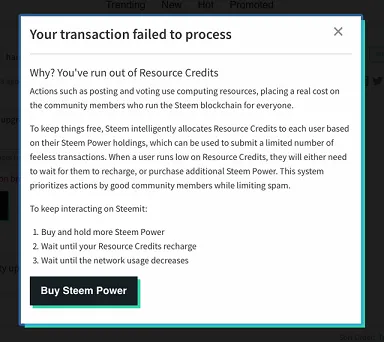
RC > Steem
I've said it before and I'll say it again, one day soon™, the value of resource credits is going to be greater than the 10% of inflation we're being charged to acquire it. The blockchain offers a commodity of trust, and when the dapps here offer full ownership of digital assets in high demand, that trust is going to be worth more than the cost of funding the witnesses. What happens then? The price of Steem moons in order to keep up with the demand to transact on the blockchain. The network effect is strong in the cryptoshpere.